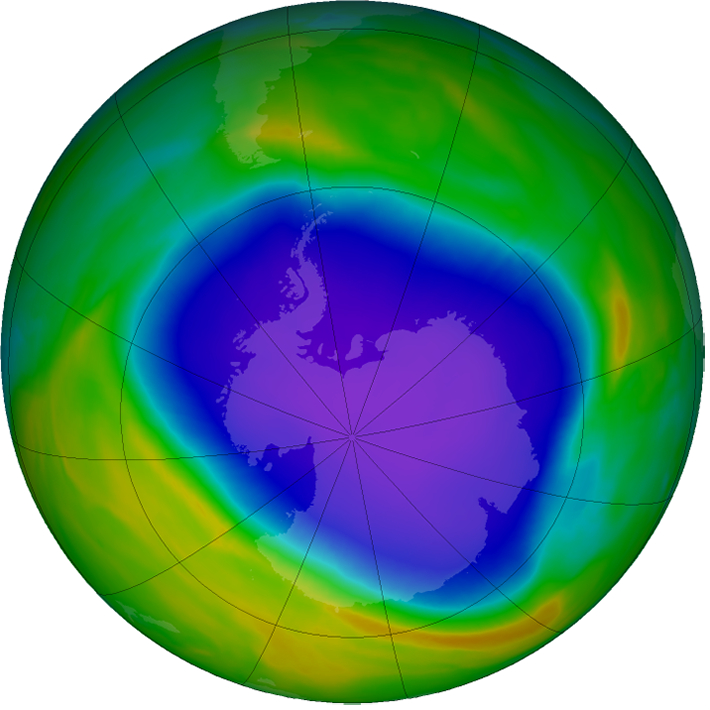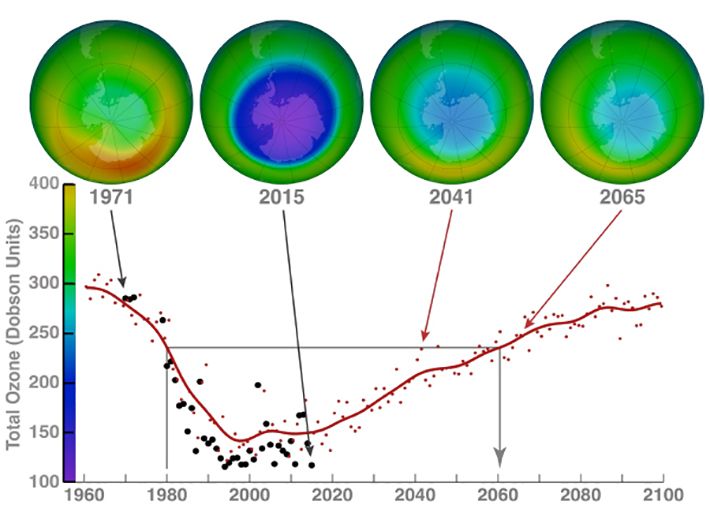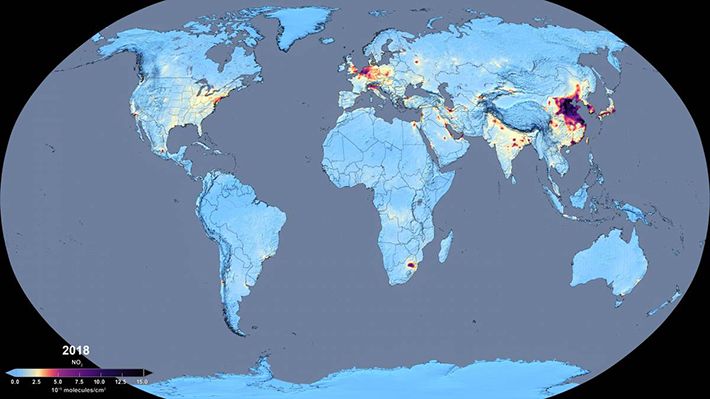Research Areas

Ozone Basics
Ozone is a gas made up of three oxygen atoms (O3). It occurs naturally in small amounts in the atmosphere. The ozone layer is a layer in Earth's atmosphere that absorbs most of the Sun's ultraviolet (UV) radiation, protecting life on Earth. The ozone hole is a loss of stratospheric ozone over Antarctica. It has been proven to be a result of human activities - the release of huge quantities of chlorofluorocarbons (CFCs) and other ozone depleting substances into the atmosphere.

Monitoring the Ozone Layer
The Montreal Protocol, an international treaty designed to protect the ozone layer, and its amendments have banned the use of ozone destroying chemicals. Since the Montreal Protocol was signed in 1987, more than 100 nations have agreed to limit the production and release of compounds, notably human-produced chlorofluorocarbons, known as CFCs. The rate of ozone depletion seems to have slowed. The size and depth of the ozone hole have stabilized. The success of the Montreal Protocol is emerging in NASA satellite data. Important questions remaining: When will it begin to recover? Will it recover fully to pre-1970 levels? Time will tell.

Revealing Complex Changes in Global Air Pollution
Exposure to outdoor air pollution is responsible for an estimated 4 million premature deaths annually with about another 3-4 million resulting from exposure to indoor air pollution; that is, air pollution is responsible for about 1 in 9 deaths worldwide. NASA satellites continue to reveal complex changes in these pollutants (e.g., ozone, nitrogen dioxide, and particulate matter) around the world, which are associated with changes in fossil fuel use, the effectiveness of emission controls, the distribution and frequency of wildfires, and the growth and contraction of country economies. Human activities are also causing an increase in climate gases, such as methane and carbon dioxide, which are having a profound effect on Earth’s climate.
